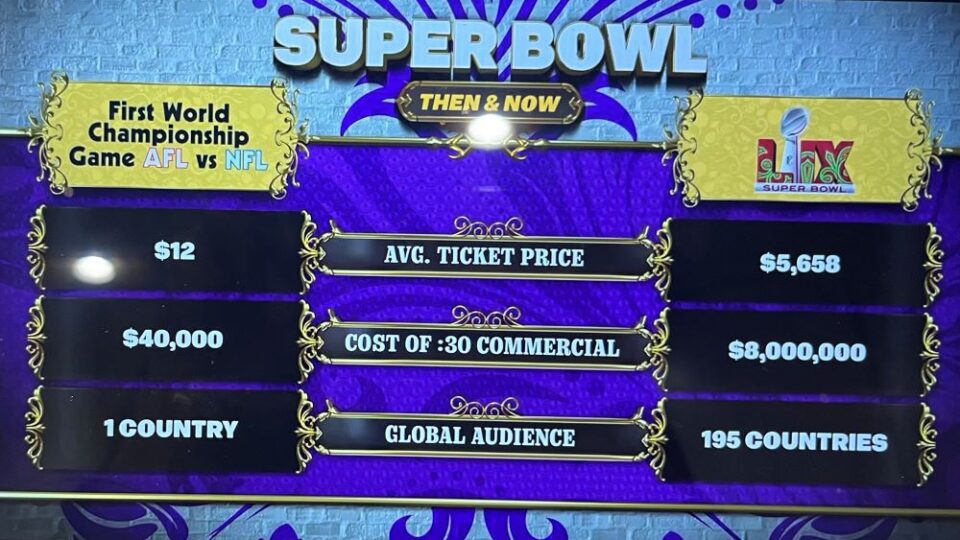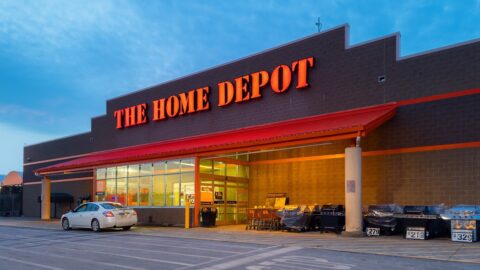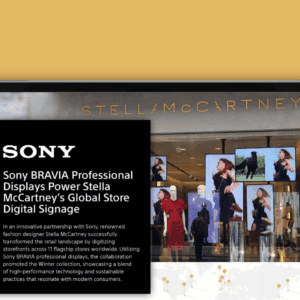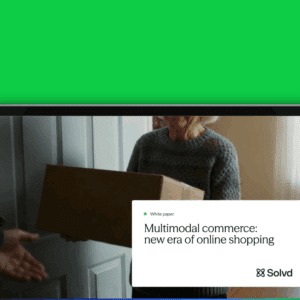Sunday’s Super Bowl LIX faceoff between the Philadelphia Eagles and the Kansas City Chiefs was action-packed from start to finish and, as is always the case, much of the action happened between plays. During one of those breaks, Fox commentators shared an interesting look at how the economics of football’s biggest event have evolved since the first Super Bowl in 1967 (which wasn’t yet called the Super Bowl, but rather the AFL-NFL World Championship).
Back then, the average ticket price was $12 and a 30-second commercial cost $40,000. Jump ahead 58 years to 2025 and tickets now run $5,658 on average, with a 30-second ad spot going for a whopping $8 million. At that price, an ad in the Big Game is not just a sign of a brand’s legitimacy but also a massive investment.
The Retail TouchPoints team tuned in this weekend to determine which brands will likely reap dividends from that investment (and the ones that may come to regret to expenditure). Here are some of the major themes the cropped up off-field during the zeitgeist-defining moment that is the Super Bowl.
Politics Keeps Creeping in
In polite company, religion and politics are generally out of bounds, with sports often serving as safe ground. But the Super Bowl can’t really be considered a “polite” event, and many brands chose to skirt proper etiquette and instead make a statement this year.
There was of course “the Jesus ad,” which is becoming something of an annual tradition. And there was the anti-hate ad featuring Snoop Dogg and former New England Patriots quarterback Tom Brady lobbing insults at one another, which was created by the No Reason to Hate foundation (backed by Patriots owner Robert Kraft).
Mortgage provider Rocket.com and pharmaceutical brand Hims and Hers also took on politically sensitive topics in their ads. Hims and Hers blamed “the system” for America’s obesity crisis and touted its low-cost weight medications as the solution. And Rocket.com promoted the right of home ownership with the tagline “Everyone Deserves a Shot at the American Dream,” spurring an in-stadium singalong to the background song of its ad, John Denver’s Take Me Home, Country Roads.
But perhaps the most striking and politically suggestive ad of the event though was Ontario’s not-so-subtle appeal to America in an ad with the theme “Your Ally to the North.” “Ontario is your third-largest trading partner and the number one export destination for 17 states,” said the narration in the ad. “Our long-standing partnership keeps millions of Americans working.” It was a blatant counter-argument in the tariff faceoff currently taking place under President Trump.
The tariff war also showed up in one of the most noticeable absences from this year’s ad lineup — Temu. For two years running, Temu has made a splash at the Super Bowl, but this year the brand was nowhere to be seen. Perhaps the company felt the $8 million price tag was no longer necessary, seeing as the discount shopping site has already successfully won over the hearts and wallets of Americans in the past two years. But to be sure, the current tariff standoff between America and China, which stands to have an outsized impact on the likes of China-based businesses like Temu and Shein, make this a politically fraught time for the company. It’s likely that in not making a Super Bowl play this year, the company also was choosing not to poke the bear.
One other political lightning rod also made an appearance at the Big Game this year — ChatGPT, with a visually distinct black-and-white dot matrix ad that showcased humanity’s biggest inventions with the tagline, “All progress has a starting point.”
(Teeny point of pride for biological creativity and intelligence: the ChatGPT ad was created solely by humans, according to a LinkedIn post by Rand Fishkin.)
Humorous or Heartfelt Always Plays Well
Every year without fail, the best ads are the ones that either touch our hearts or tickle our funny bones, and this year was no different. In this regard, our big winners on the humor front have to be Meta for its hilarious series of ads with Chris Pratt and Chris Hemsworth, who played bumbling idiots acting like connoisseurs in an art gallery and committing a series of faux pas that they are able to fix with help of Meta’s Ray-Ban smart glasses. Matthew McConaughey’s treatise on the theory that “football was invented to sell food” for Uber Eats also was a high point.
But when it comes to standout ads, Harrison Ford stole the show, as he often does. His ad for Jeep struck both the humorous and heartfelt chords with a poetic monologue about life and happiness, punctuated by the closing line, “Choose what makes you happy. My friends, my family, my work make me happy. This Jeep makes me happy…even though my name is Ford.”
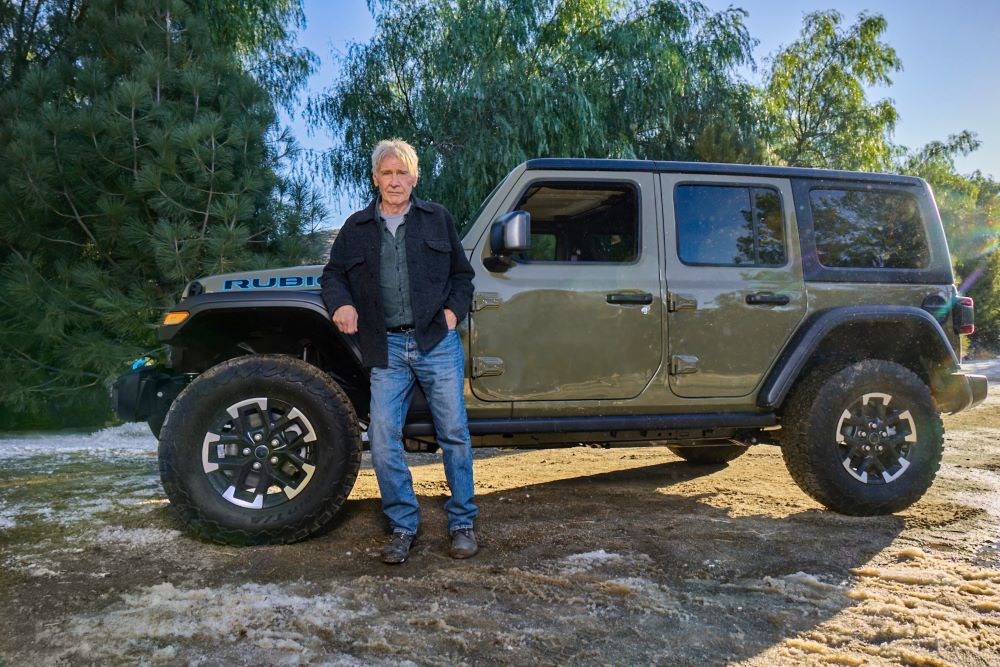
Unhinged, Uninhibited and…Uninspired?
Brands only had 60 seconds to make an impact with their Super Bowl LIX ads, so it’s not surprising that many went big and bold — in more ways than one. Dunkin brought back its top influencer, Ben Affleck, for a star-powered commercial that officially crowned his brother Casey, director Kevin Smith and actor Jeremy Strong as the new DunKings. Skechers had national treasure Martha Stewart gliding and stepping across what appeared to be the front entry of her home. And Mountain Dew superimposed the face of singer Seal on an actual seal.
But it wasn’t just the celebrity cameos that seemed to generate so much buzz. It was the sheer unhinged nature of these commercials that struck a chord. In the Dunkin ad, Strong got meta by playing into social media memes generated about his method acting skills. How? By “finding the character” in a giant vat of coffee. The Skechers team used generative AI to help 83-year-old Stewart breakdance (rather poorly, I might add), and Mountain Dew clearly doubled down on the “weird factor” of their Seal cameo by admitting at the end, “None of this made sense!”
The reality is we’re living in a social media-driven world. A world where people commend social media managers for how odd, loud and abrasive they can be. Effective advertising is no longer defined as such due to strategy or intention. It’s all about the impact. And yes, that means embracing quirky cameos, meme culture and out-there acts that make people say, “What the heck did I just watch?” But does this approach really serve brands? Because while I had many friends bring up Seal as a seal, no one could recall which brand actually produced the ad.
Super Bowl Newbies Make a Splash; Do they Herald a Sober February?
The Super Bowl is usually seen as a time of excess consumption (of snacks and drinks, usually alcoholic). But for those extending their Dry January into this month, several advertisers new to the game provided alternatives.
One of the new Super Bowl advertisers, Cirkul, cleverly involved the audience by taking advantage of the fact that the game is one of the few TV shows watched simultaneously, in real time, by so many people. (For those of you youngsters from the pre-streaming era, this used to be the rule rather than the exception.) Cirkul offers a reusable range of water bottles that integrate seamlessly with its patented Cirkul Sip cartridge, allowing consumers to personalize their beverages, offering 150+ options from vitamin-enhanced waters and sports drinks to iced coffee and teas, all with zero calories, sugar, or artificial colors. By integrating a giveaway of 100,000 Cirkul “Starter Kits” delivered to random consumers’ homes, Cirkul accomplished the key marketing goals of name recognition and product sampling. Also props to Cirkul for using a comedic actor (Adam Devine) rather than a celebrity trying to be funny.
Canned water Liquid Death successfully presented its unique value proposition (“safe” drink with scary name) in its commercial, with its repeated refrain of “drink on the job,” as its showed airline pilots, surgeons, cops and various others that (we hope) are staying sober while working. While there wasn’t anything super-revolutionary about the spot itself, it was both well-executed and strongly aligned with the brand’s positioning.
Poppi, a low-sugar soda brand, was the weakest in this group. The 60-second version of the spot is more than half over before the product is named or shown — a problem for a brand that hasn’t yet achieved high name recognition. It’s also solving a problem that doesn’t appear to exist — the struggle to order the right soft drink. Does this really cause a customer in a diner, drive-thru or supermarket to get stuck in an embarrassingly long period of indecision? Not so much, IMHO.
Even before the kickoff, brands and retailers were busy taking advantage of the Super Bowl’s built-in momentum. Discover more about Revlon, Tubi and Lids‘ activations.



